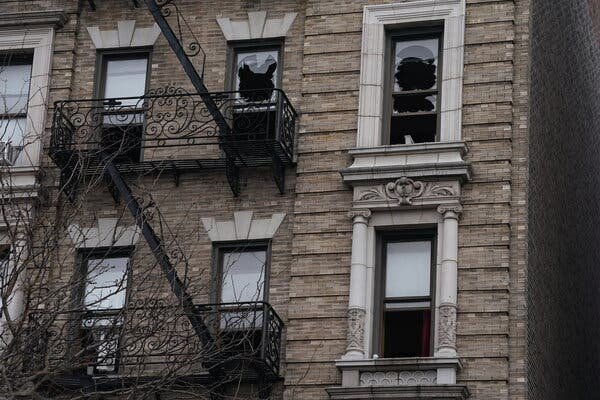Federal agents confiscated the phone of New York City’s police commissioner leading to repercussions for journalists from The New York Post and The New York Times.
The New York Police Department faced a controversy when two reporters, Tina Moore from The New York Post and Maria Cramer from The New York Times, had their access to the agency’s headquarters temporarily revoked. This action was taken after federal agents seized the phone of Police Commissioner Edward A. Caban. The reporters were punished for reaching out to police unions for assistance in conducting interviews with department employees.
The incident unfolded at 1 Police Plaza in Lower Manhattan, where Ms. Moore was escorted out of the reporters’ room on Thursday evening. This move came after news emerged that Commissioner Caban was under investigation by federal authorities, along with other top city officials. The exact nature of the federal investigation was not disclosed, leaving uncertainty as to whether it was connected to the reporters’ actions.
This event further strained the already tense relationship between police officials and the journalists who cover them. The friction between the two parties was highlighted in December when Mayor Eric Adams’ administration relocated reporters to a trailer outside Police Headquarters, a decision that was heavily criticized by news outlets. Additionally, top police officials have used social media to criticize journalists, and there have been instances where reporters have been confronted and berated for their coverage.
In a recent incident, Craig McCarthy, The Post’s City Hall bureau chief, revealed on social media that Tarik Sheppard, the Police Department’s deputy commissioner of public information, had used offensive language and insulted him after he inquired about the federal investigation. This incident further underscores the strained relationship between the police department and the press.
The controversy surrounding the temporary revocation of the reporters’ access to the police headquarters highlights the challenges faced by journalists in covering law enforcement agencies. It also raises questions about the boundaries between press freedom and police transparency. The incident serves as a reminder of the importance of a free and independent press in holding public institutions accountable and ensuring transparency in government operations.
Source: The NY Times









